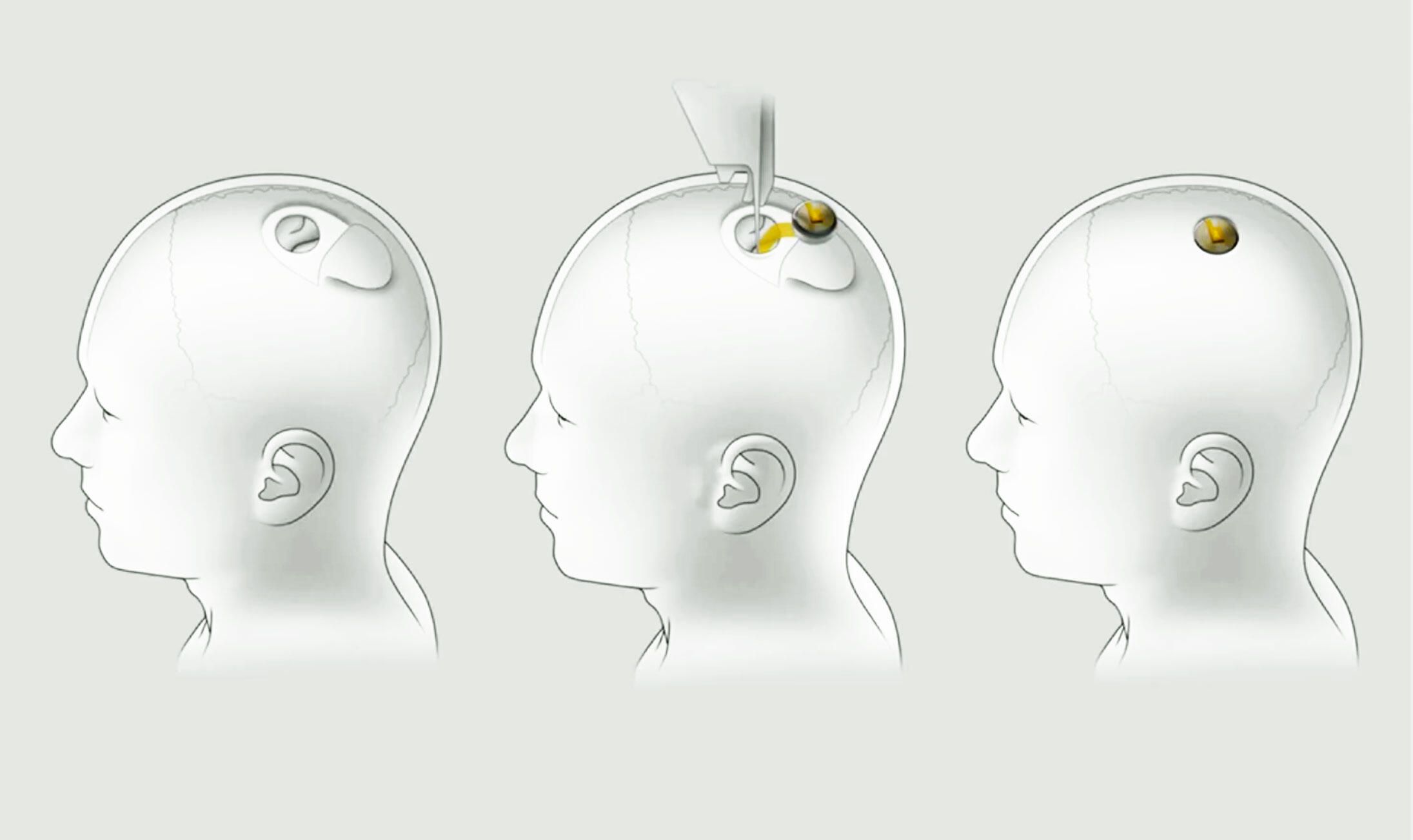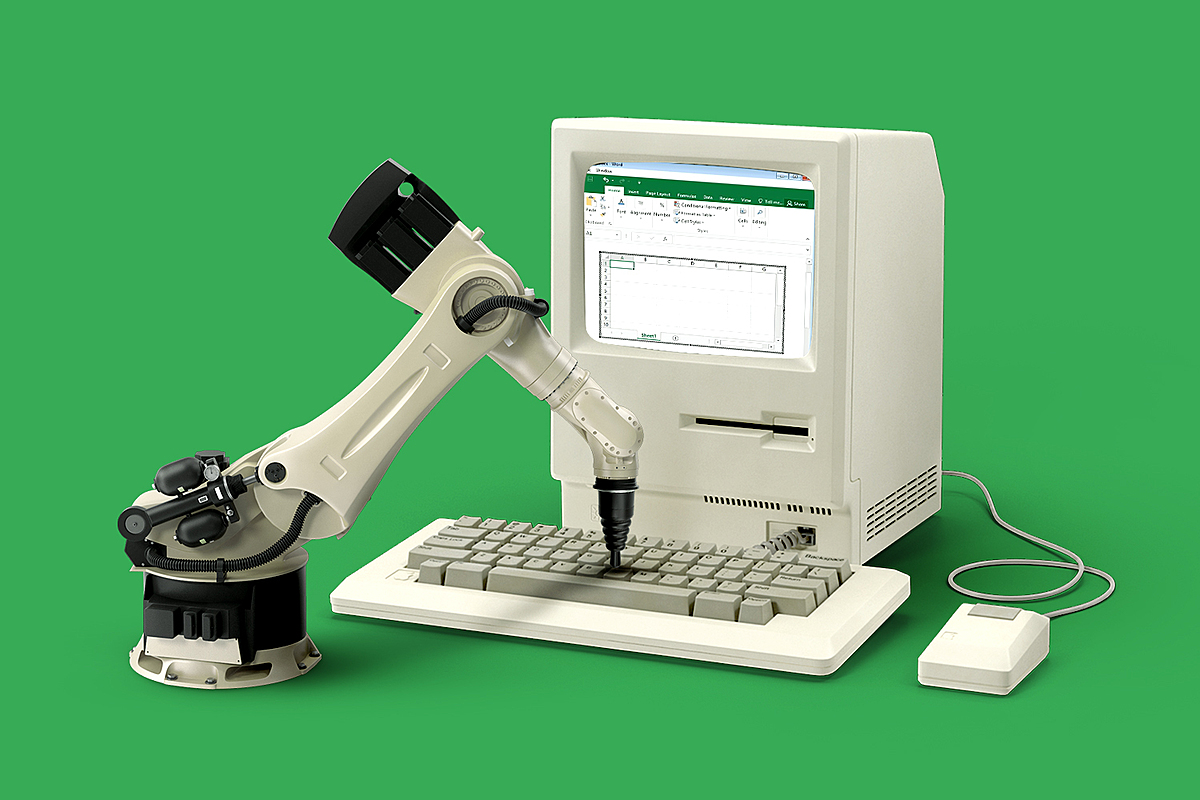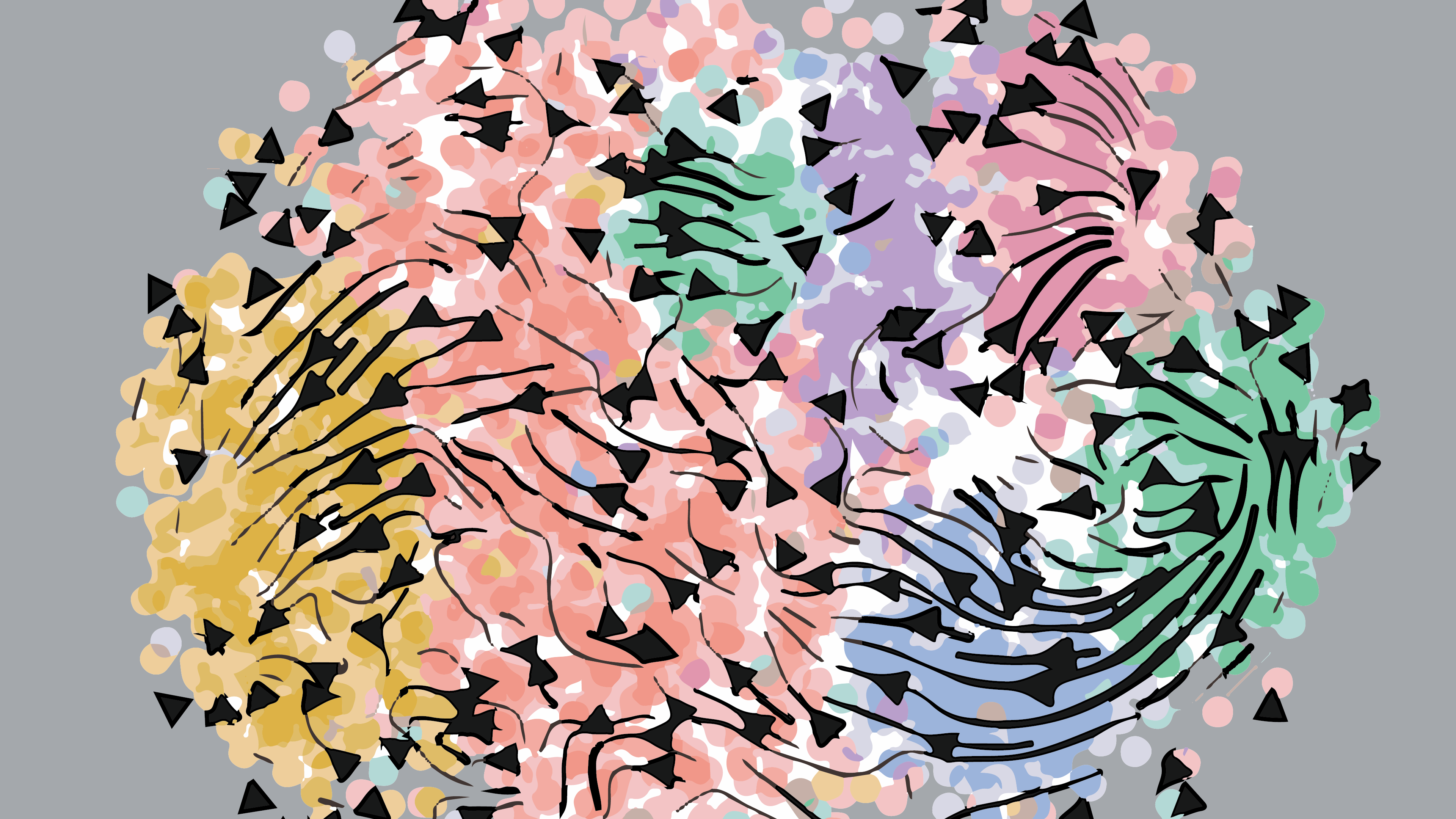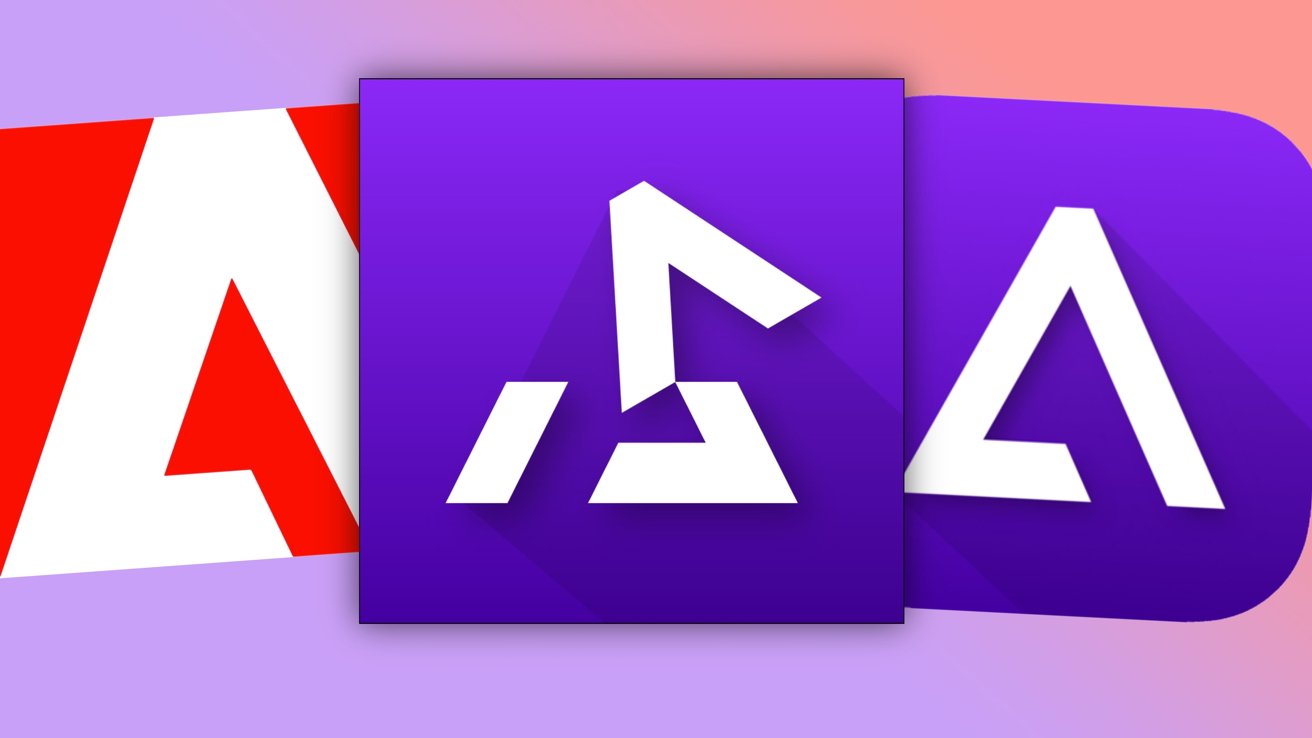
Brain-to-brain interface technology: A brief history, current state, and future goals
A brain-to-brain interface (BBI), defined as a combination of neuroimaging and neurostimulation methods to extract and deliver information between brains directly without the need for the peripheral nervous system, is a budding communication technique. A BBI system is made up of two parts known as the brain-computer interface part, which reads a sender's brain activity and digitalizes it, and the computer-brain interface part, which writes the delivered brain activity to a receiving brain. As with other technologies, BBI systems have gone through an evolutionary process since they first appeared. The BBI systems have been employed for numerous purposes, including rehabilitation for post-stroke patients, communicating with patients suffering from amyotrophic lateral sclerosis, locked-in syndrome and speech problems following stroke. Also, it has been proposed that a BBI system could play an important role on future battlefields. This technology was not only employed for communicating between two human brains but also for making a direct communication path among different species through which motor or sensory commands could be sent and received. However, the application of BBI systems has provoked significant challenges to human rights principles due to their ability to access and manipulate human brain information. In this study, we aimed to review the brain-computer interface and computer-brain interface technologies as components of BBI systems, the development of BBI systems, applications of this technology, arising ethical issues and expectations for future use.
Keywords: brain‐to‐brain interface; brain–computer interface; computer–brain interface.






















